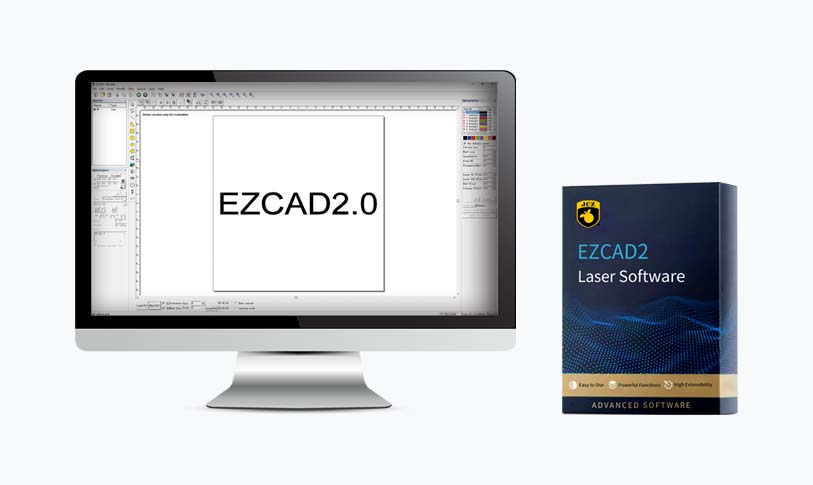****
In recent years, the development of high-powered laser technology has ushered in a new era of innovation across various industries. One significant advancement in this field is the 10kW laser, which has become a game-changer for applications ranging from manufacturing to scientific research. As industries seek faster, more precise, and efficient methods of operation, the 10kW laser offers unprecedented capabilities that are transforming how tasks are performed. This article delves into the diverse applications, advantages, and future potential of 10kW lasers, shedding light on their role in shaping the future of technology.
Understanding the 10kW Laser
A 10kW laser refers to a laser source capable of delivering a continuous output power of 10,000 watts. This high power makes it suitable for several applications, most notably in material processing, cutting, welding, and marking. The efficiency and precision of such lasers are key attributes that distinguish them from their lower-powered counterparts. Most commonly, fiber lasers with a power of 10kW are utilized due to their high beam quality, compact size, and lower operational costs.
Applications of 10kW Lasers
1. **Material Processing**: One of the primary applications of 10kW lasers is in the realm of material processing. Industries such as automotive, aerospace, and electronics are leveraging the cutting and welding capabilities of these lasers to enhance production efficiency. The speed and precision with which a 10kW laser can cut through materials like steel, aluminum, and plastics are unparalleled, often reducing production time significantly.
2. **Welding**: In metalworking, 10kW lasers are revolutionizing welding processes. Traditionally, welding required cumbersome machinery and significant manual labor. However, laser welding provides a clean and precise method, reducing heat input, minimizing distortion, and enhancing the mechanical properties of the welds. This advancement plays a crucial role in applications where integrity and durability are paramount.
3. **Additive Manufacturing**: The fusion of 10kW laser technology with additive manufacturing processes is creating new possibilities in the production of complex geometries. The ability to melt metal powders at high speeds allows for the rapid creation of custom components with intricate designs that were previously impossible or cost-prohibitive to manufacture.
4. **Medical Applications**: Beyond industrial usage, 10kW lasers also have emerging applications in the medical field. Laser surgery, particularly in dermatology and ophthalmology, benefits from the precision and minimally invasive nature of high-powered lasers, providing safer patient outcomes and faster recovery times.
5. **Defense and Aerospace**: In defense technologies, the high energy and focused nature of 10kW lasers can be utilized for various purposes, including targeted weapon systems. The capability to deliver energy at a distance opens new frontiers in military strategy and protective measures.
Advantages of 10kW Lasers
– **Increased Efficiency**: The substantial power output of 10kW lasers allows for faster processing speeds without compromising the quality of the work. This efficiency is vital in high-volume production environments.
– **Cost-Effectiveness**: While the initial investment in 10kW laser systems may be significant, the long-term operational savings realized through reduced material waste and faster processing times often justify the expenditure.
– **Environmental Benefits**: High-powered laser cutting and welding produce less waste and require fewer materials than traditional methods, contributing to more sustainable manufacturing practices.

Exploring the Innovative Applications and Advancements of 10kW Lasers in Modern Industry and Research
– **Versatility and Flexibility**: The adaptability of 10kW lasers means they can be used on various materials, making them a valuable tool for manufacturers who work with diverse substrates.
Future Potential
The future of 10kW lasers looks promising, with continuous advancements in laser technology predicted to enhance their capabilities further. As research and development continue to break boundaries, applications in sectors like robotics, telecommunications, and renewable energy are expected to expand.

Exploring the Innovative Applications and Advancements of 10kW Lasers in Modern Industry and Research
Moreover, as industries strive for automation and smart manufacturing practices, the integration of 10kW lasers with robotic systems can enhance precision and allow for real-time adjustments during the processing stages. This fusion of technologies could lead to entirely new business models and methods of operation that prioritize efficiency and sustainability.
Conclusion

Exploring the Innovative Applications and Advancements of 10kW Lasers in Modern Industry and Research
In conclusion, the rise of the 10kW laser signifies a transformative leap in technological capabilities, influencing numerous sectors and fostering innovation. As these lasers become more integrated into everyday processes, they will play a crucial role in enhancing productivity, quality, and sustainability. The future of 10kW lasers is bright, indicating a continuing evolution that promises to redefine industrial landscapes and propel advancements in various fields.q switch laser treatment
